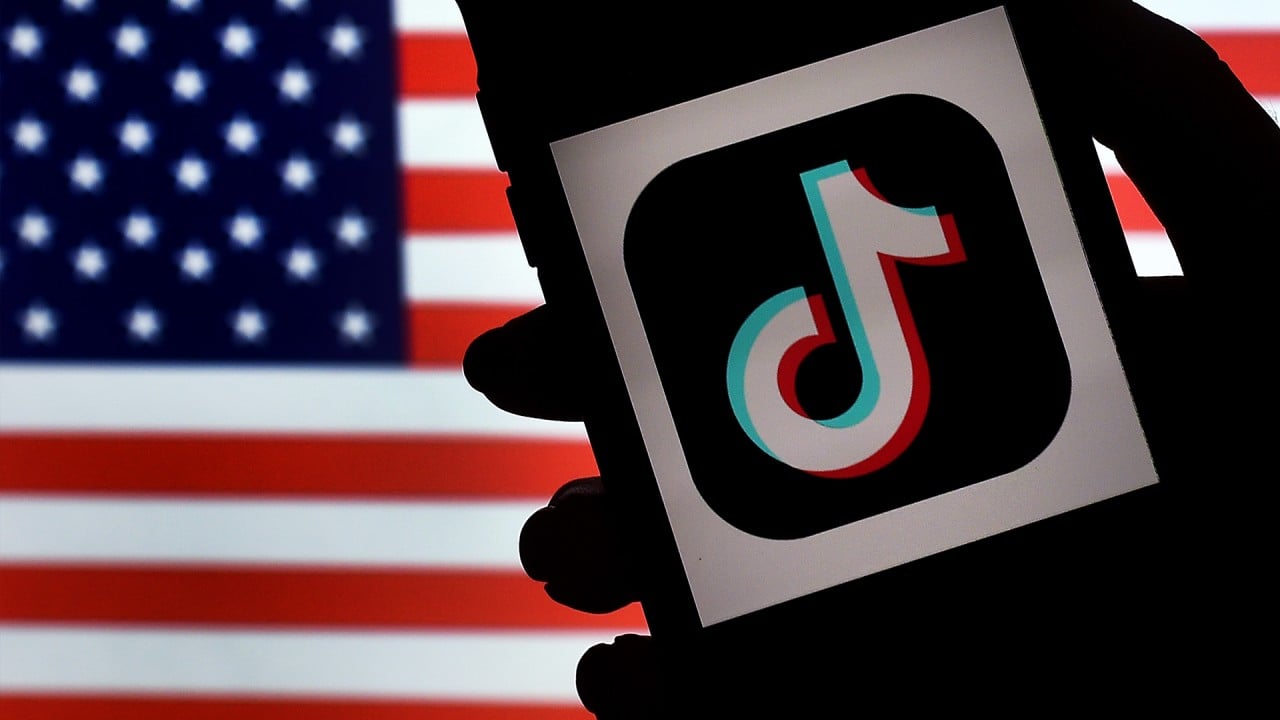
Trump’s tariff threat signals no relief from US-China trade pain
- Donald Trump’s pledge of expanded, ‘eye for an eye’ tariffs if he wins the presidency threatens a return to an era of depressed trade and growth
- US firms, importers and allies should prepare for the effects of Trump’s possible re-election
True, virtually every country imposes some restrictions on imports and coddles domestic businesses with incentives. Further, trade blocs provide privileges to members that put outsiders at a disadvantage. Industrial policies are being refitted to support national security imperatives, while government procurement preferences support domestic industries and the jobs they create.
That said, world trade remains robust. The World Trade Organization (WTO) sees the US$35 trillion in trade flows increasing by 3.3 per cent this year. A rash of beggar-thy-neighbour policies would jeopardise this outlook.
Trump calls himself the “tariff man”. He sees tariffs as a good source of income and a weapon to protect US workers. He relishes escalating trade hostilities with Beijing. His call for an across-the-board tariff on all imports and reports that he is considering a 60 per cent levy on China fit into this “America First” agenda.
His thinking invokes the name of Thomas Jefferson, who viewed retaliatory barriers as way for the new United States to achieve reciprocity, forcing Britain to end restrictions on US goods in its home and colonial markets. Trump’s rhetoric also reflects the position of Jefferson’s adversary, Alexander Hamilton, who wanted duties to raise revenues needed to pay off debts.
Numerous studies have tallied the costs. The US Federal Reserve found that Trump’s tariffs had resulted in “relative reductions in manufacturing employment and relative increases in producer prices”. On jobs specifically, “a small boost from the import protection effect of tariffs is more than offset by larger drags from the effects of rising input costs and retaliatory tariffs”.
Why China hopes US won’t touch century-old trade rule for imports under US$800
Trump’s tariffs were almost entirely borne by US importers, but Chinese counterparts only paid 68 per cent of China’s retaliatory tariffs. If a 10 per cent tariff on all imports is levied next January, the Tax Foundation estimates that it could cost US consumers and businesses US$300 billion, shrink the US economy by 0.5 per cent and terminate more than a half-million jobs.

The economy narrowly trails immigration as a top concern among potential voters, according to a Harvard CAPS-Harris poll last month. High prices for the basics tainted public views of Biden’s handling of the economy, even though employment remains robust and inflation has fallen faster than expected.
We can expect Biden to be equally tough in his stance on trade but stop short of endorsing tariffs and undoing efforts to lower US-China tensions. A close election is likely. It’s wise to game out the scenarios and prepare for the consequences.
James David Spellman, a graduate of Oxford University, is principal of Strategic Communications LLC, a consulting firm based in Washington, DC



